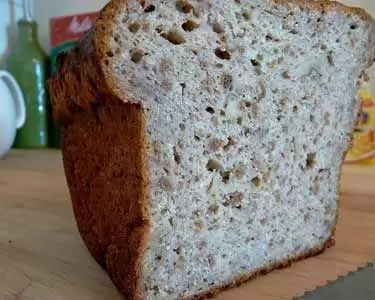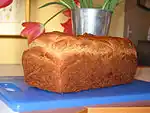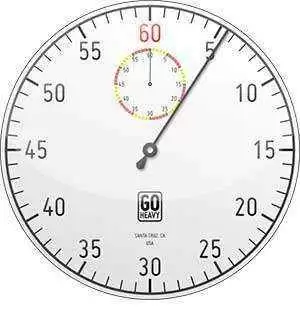Celiac.com 04/18/2013 - Does the way the dough is mixed have any effect on the quality of gluten-free bread? A team of researchers recently set out to answer just that question.
 The research team included Manuel Gómez, María Talegón, and Esther de la Hera. They are affiliated with the Food Technology Area of E.T.S. Ingenierías Agrarias at Valladolid University in Palencia, Spain.
The research team included Manuel Gómez, María Talegón, and Esther de la Hera. They are affiliated with the Food Technology Area of E.T.S. Ingenierías Agrarias at Valladolid University in Palencia, Spain.
Celiac.com Sponsor (A12):
In the past few years, a great deal of research has gone into making better gluten-free bakery products, but there is still very little data on what impact mixing might have on gluten-free bread quality.
In their study, the team focused on the way dough mixing effects two different gluten-free bread formulas; one with an 80% water formula, and another with 110% water formula.
The team found that less hydrated breads showed no significant differences depending on the mixing arm (flat beater or dough hook). However, longer mixing time produced bread with higher specific volume.
In the dough that contained more water, both mixer arm and mixing speed had a significant effect on bread volume and texture, with the wire whip, combined with lower mixing speeds and longer mixing time, producing softer bread with higher specific volume, compared with the flat beater.
In more hydrated breads, proofing time improved bread specific volume, but in less hydrated breads, volume was decreased. The same pattern was seen when longer mixing times were used.
The study shows the importance of mixing time and the type of mixer device in gluten-free bread making, something not well-studied. It also shows that mixing produces different effects than does kneading gluten-free bread dough.
Based on the results of this study, corresponding changes to the mixing process of the gluten-free bread doughs can produce higher quality breads with higher volume and lower hardness.
Source:
- Open Original Shared Link










Recommended Comments